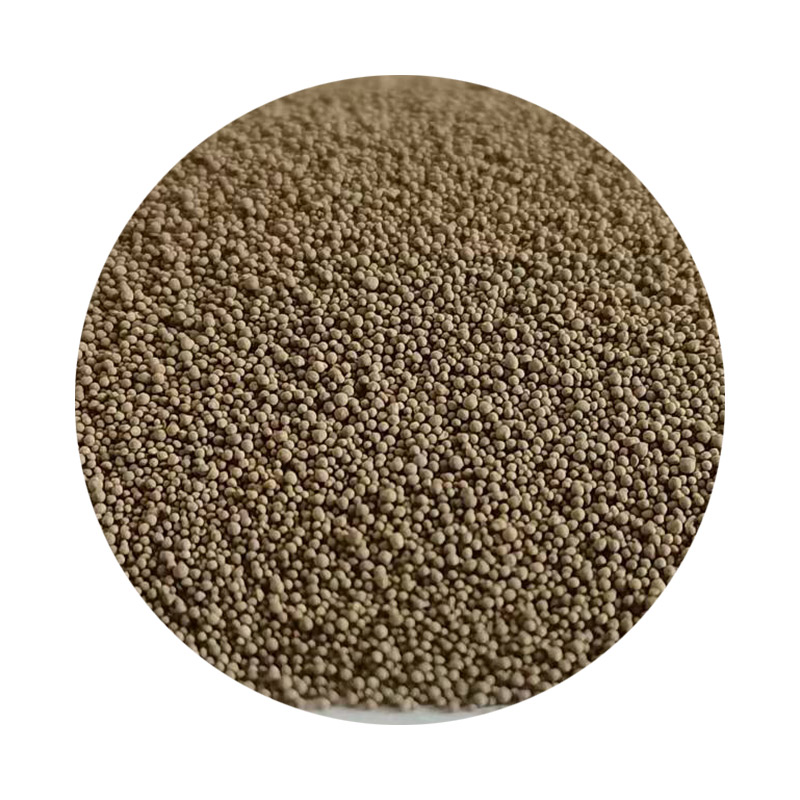Understanding Sand Casting A Comprehensive Overview
Sand casting, also known as sand mold casting, is one of the most widely used metal casting processes. This method utilizes a loose granulated sand mixture to form molds for metal parts, making it popular in various industries due to its versatility, cost-effectiveness, and adaptability.
The Sand Casting Process
The sand casting process begins with creating a pattern, which is a replica of the final product. This pattern can be made from wood, metal, or plastic and is typically slightly larger than the desired final product to account for shrinkage during cooling. The pattern is then placed in a sand mixture, which consists of sand, a bonding agent (usually clay), and water. The sand is compacted around the pattern to form a mold.
Once the mold is formed, it is split into two halves, known as the cope (top half) and the drag (bottom half), and the pattern is removed, leaving a hollow cavity that mirrors the shape of the part to be cast. The two halves of the mold are then reassembled and clamped together to ensure no leakage occurs during the pouring of the molten metal.
Next, the molten metal is poured into the mold cavity. Various metals and alloys can be cast using this method, including aluminum, iron, and bronze. Once the metal has cooled and solidified, the mold is broken apart to retrieve the cast part.
Advantages of Sand Casting
One of the significant advantages of sand casting is its ability to produce complex shapes and intricate designs that may be challenging or impossible to achieve with other manufacturing processes. Furthermore, the process is highly scalable, allowing for both small production runs and large quantities.
sand casting

Another benefit is the relatively low cost of materials and tooling. Unlike more expensive methods, such as die casting, sand casting requires less initial investment, making it an attractive option for startups and small businesses. The sand used in the casting process can also be reused multiple times, further reducing costs and waste.
Applications of Sand Casting
Sand casting is widely used across various sectors, including automotive, aerospace, and construction. It is commonly employed to create components such as engine blocks, cylinder heads, and machinery parts. Its adaptability allows manufacturers to create both ferrous and non-ferrous castings, catering to a broad range of engineering needs.
Challenges and Future Trends
Despite its advantages, sand casting does face some challenges. The final product may require additional finishing processes to achieve the desired surface finish and tolerances, and the mold-making process can be time-consuming. Moreover, sand casting can produce variations in quality due to the porous nature of sand, leading to potential defects such as sand inclusion or insufficient filling of the mold.
To address these challenges, advancements in technology are paving the way for improved sand casting techniques. Innovations such as 3D printing are beginning to be used in mold creation, allowing for greater precision and reduced lead times. Additionally, the integration of automation and robotics is set to enhance the efficiency of the sand casting process, making it even more competitive in the manufacturing landscape.
Conclusion
In conclusion, sand casting remains a pivotal method in the manufacturing world, offering a unique blend of flexibility, cost-effectiveness, and the ability to produce complex shapes. As technology continues to evolve, the sand casting process is likely to undergo significant advancements, ensuring its relevance for years to come. Whether for small-scale productions or large industrial applications, sand casting is a fundamental component of modern engineering and manufacturing.
Post time:اکتوبر . 07, 2024 17:17
Next:sand casting service
